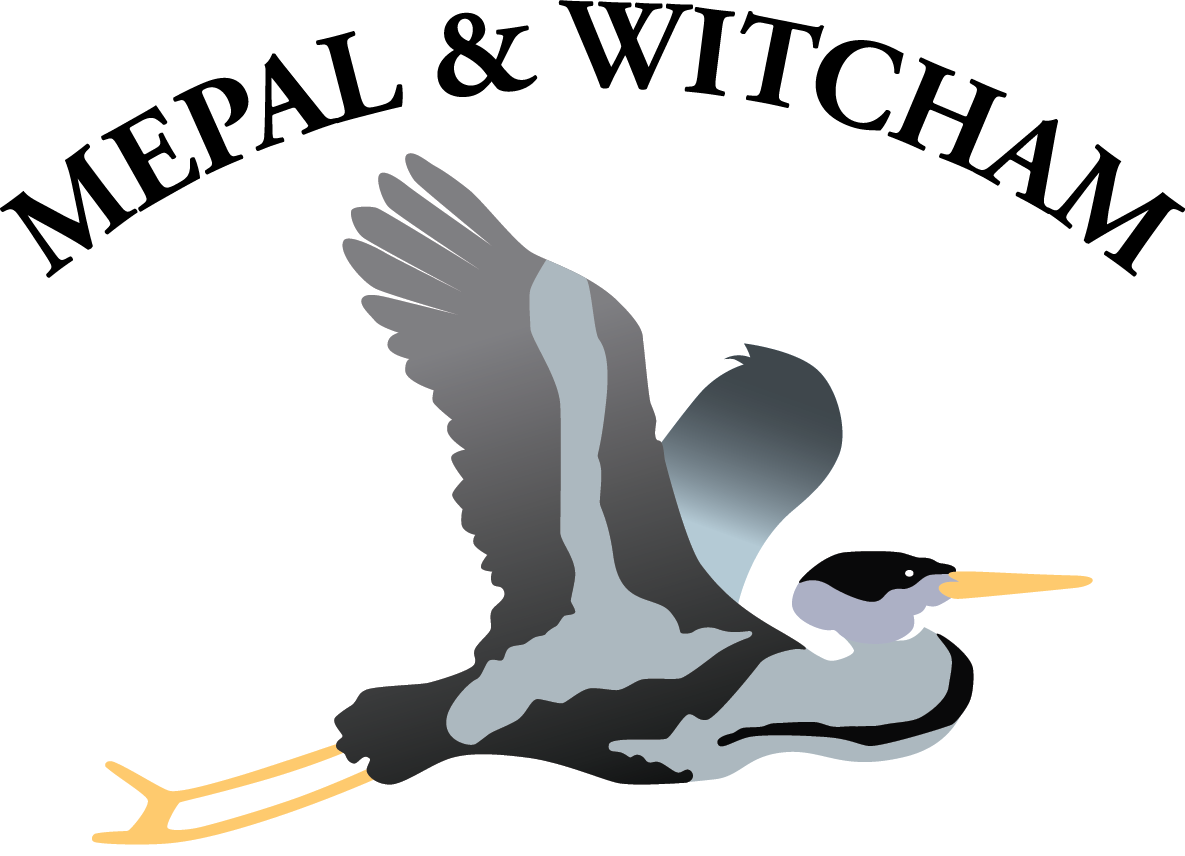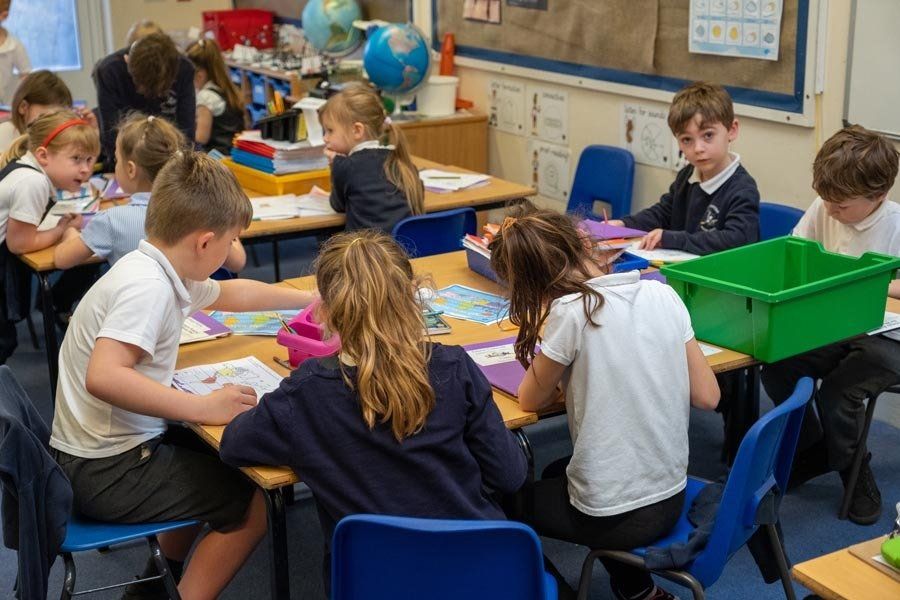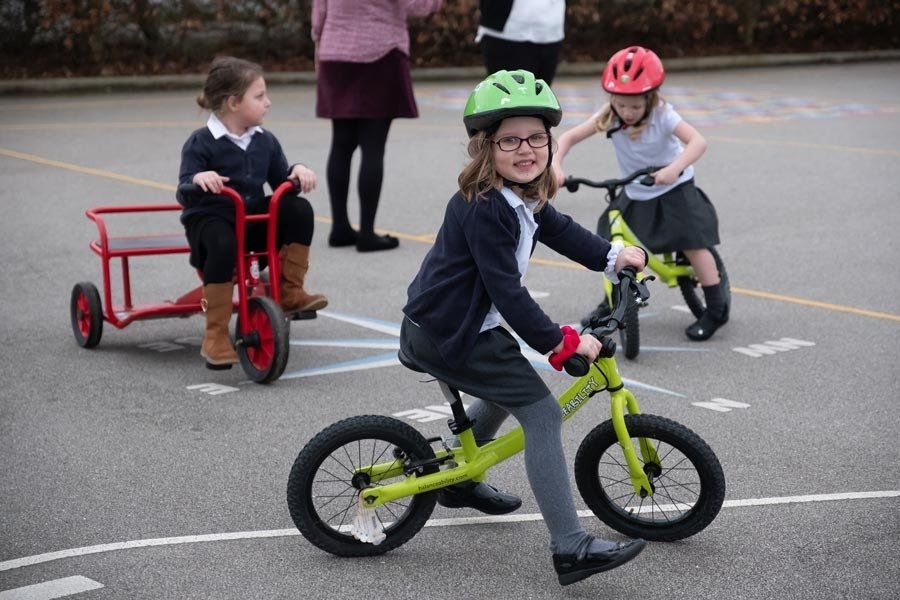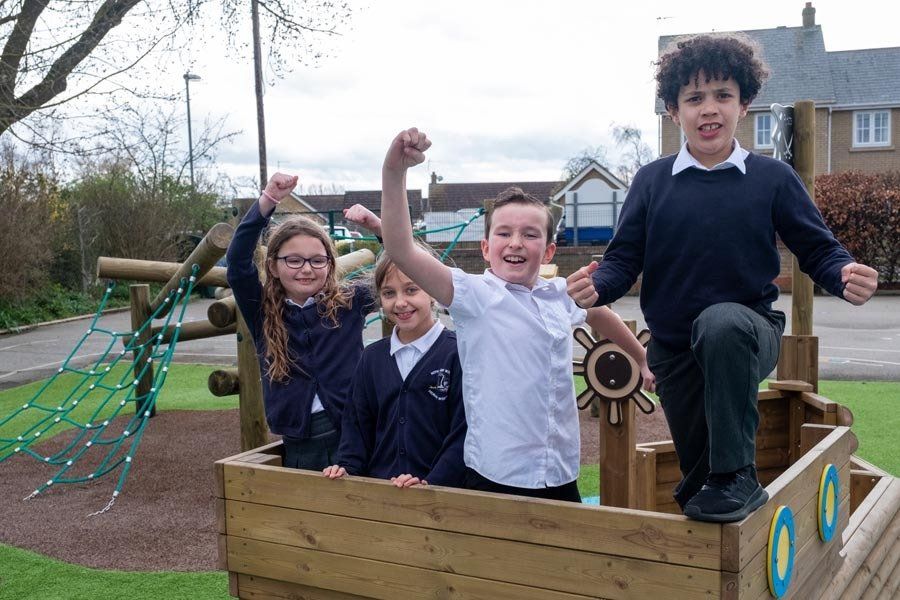
To Nurture
Care and understanding helps to develop confident individuals who approach challenges head on.
John 13:34
Button
To Flourish
The best version of themselves is what we aspire every child who leaves Mepal and Witcham to be.
John 10:10
Button
To Grow
At Mepal and Witcham our aim is to create a well rounded individual ready for their next stage of education.
Phillipians 4:13
Button

Welcome to Mepal & Witcham CofE Primary School
We are a busy but friendly school, with lots going on. This website aims to give you a taster of the school, as well as providing up to date information for parents, pupils and the wider community.
We hope that you enjoy your visit to our website, and that you find the information you are looking for. Please feel free to contact the school direct with any queries you may have.
Mepal and Witcham School is situated in the Village of Mepal, Cambridgeshire, 6 miles from the Cathedral City of Ely. Our School predominantly serves the villages of Mepal and Witcham.

Values and Ethos
-
Button
Here at Mepal & Witcham C of E Primary School, we passionately believe in working together to ensure that we enjoy our learning and support those around us.
Come and Join us
-
Button
If you are considering sending your child to Mepal & Witcham C of E Primary School, we would love to meet with you and show you our school. We can help you with any questions that you may have and help you through the process of applying to be part of our school.
Calendar and Term Dates
-
Button
Check our school calendar, including events, school trips and term dates.
News from the school
-
Button
Check out our newsletters and event here.
Our Mission
Children are at the heart of everything we say and do in school and we value what their individuality can bring to the learning environment. We want our children to enjoy their learning through a wide range of activities catering for diversity, creativity and spirituality.
We promote the Christian ethos and celebrate multi-cultural values. We want our children to be well prepared for the future by giving them the ability to acquire and apply new skills, knowledge and understanding. We provide opportunities to explore new developments in Technology, healthy lifestyles and care for the global environment.
Contact Us
Contact Us
We will get back to you as soon as possible.
Please try again later.
Mepal & Witcham C of E Primary School
Brangehill Lane, Mepal, Ely, CB6 2AL
Tel: 01353 778 300
E-mail:
office@mepalwitcham.cambs.sch.uk
Mepal & Witcham C of E Primary School
Tel: 01353 778 300
Email: office@mepalwitcham.cambs.sch.uk
Primary Office Contact Person:
Mrs L Davies
School Address:
Brangehill Lane,
Mepal,
Ely,
CB6 2AL

DEMAT Office Address:
All Rights Reserved | Mepal & Witcham C of E Primary School | Privacy Policy
Designed by We Are Doodlebug





